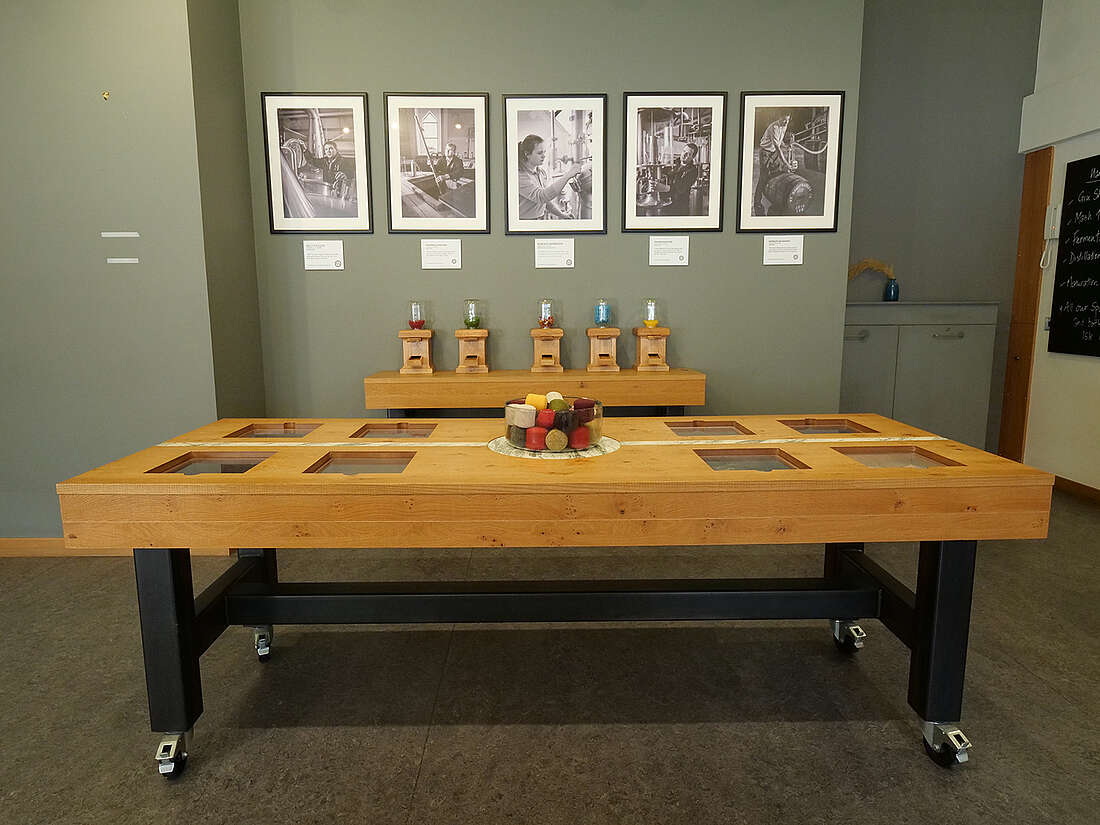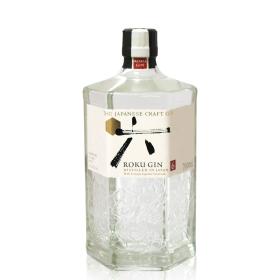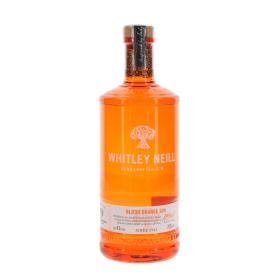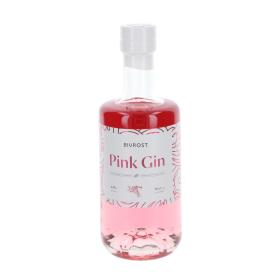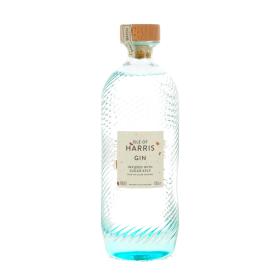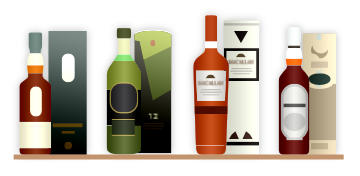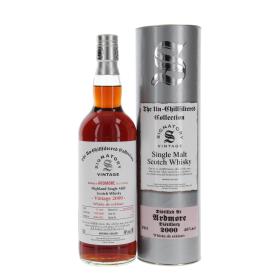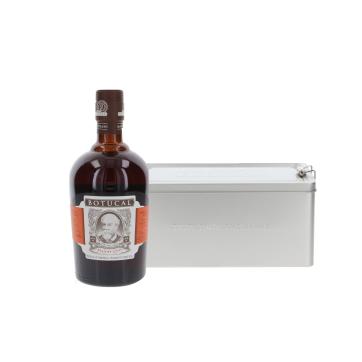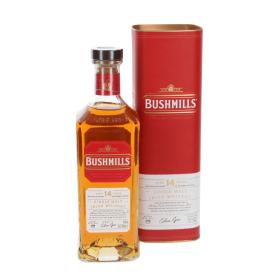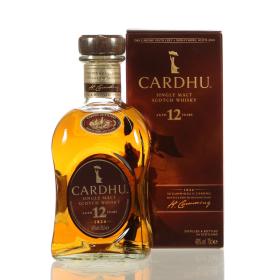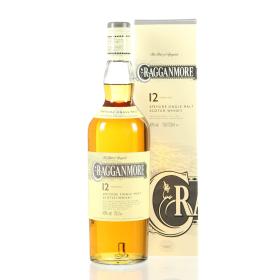Gin
Gin is one of the most popular spirits in the world today - and for good reason. Hardly any other drink combines so much tradition, variety and creativity. Whether classic London Dry Gin, fruity and modern interpretations with exotic botanicals or barrel-aged specialities: The world of gin is as multifaceted as it is exciting.
On our knowledge pages, you can find out all about the history of gin, its development from a medicinal product to a cult drink, as well as the different types of gin and their specialities. We also explain which botanicals provide the typical flavours and how gin is used in modern cocktail culture: from the classic gin and tonic to innovative mixed drinks.
Discover exciting background information, tips and facts for beginners and connoisseurs alike. If you fancy going on a voyage of discovery yourself: In our shop you will find a large selection of gins - from international classics to special bottlings from small distilleries.
Gin production
Gin definition & production:
in neutral alcohol of plant origin is flavoured with juniper and other botanicals such as herbs, spices and citrus fruits. Find out how distillation, maceration and flavour combinations enable gin diversity.
Gin varieties
Which type of gin suits your taste?
In addition to official categories such as London Dry, Dry and Sloe Gin, many new varieties such as New Western Dry, Old Tom, Reserve, Bathtub and Pink Gin have established themselves. Get to know the differences in production, flavour and use.
Gin cocktails
Gin is the cocktail spirit par excellence!
Thanks to the many different flavours, from fruity and floral to strong and strong, the different types of gin complement each other harmoniously in mixed drinks, from classic gin and tonic to floral specialities. For connoisseurs who love flavour and variety.


